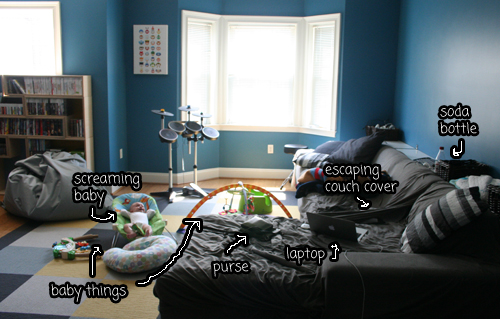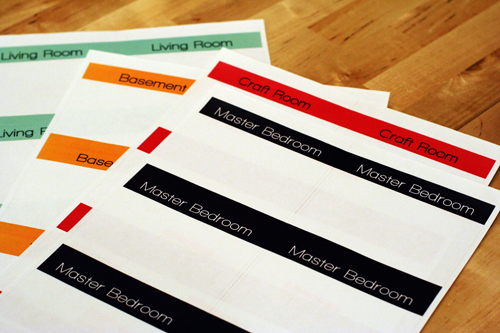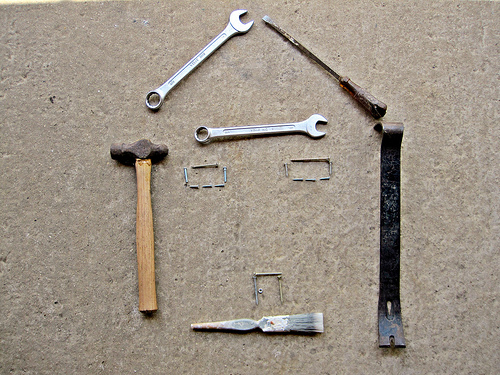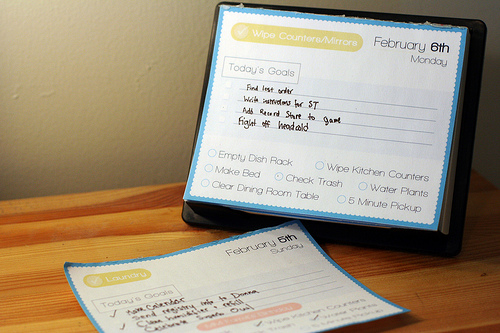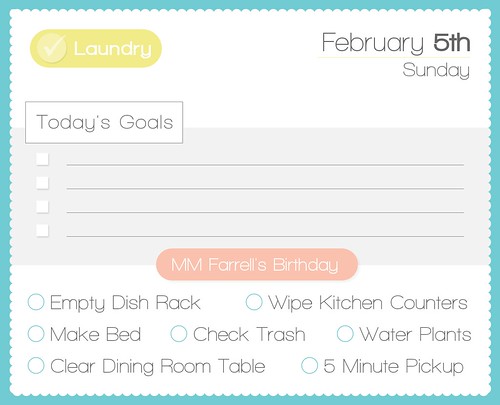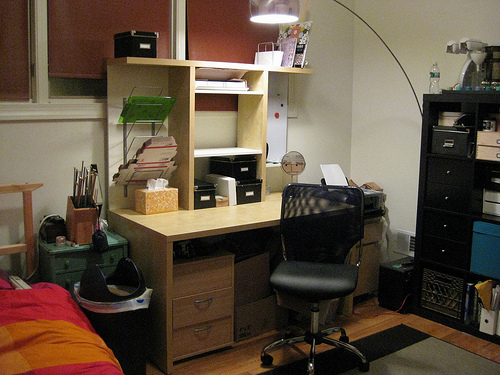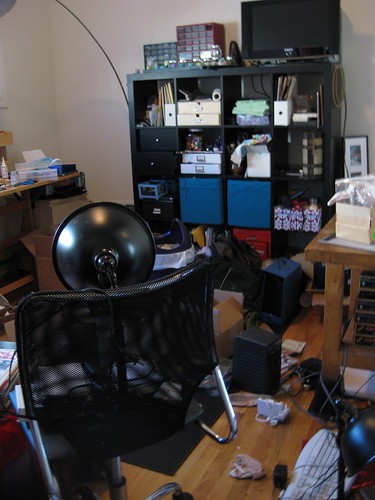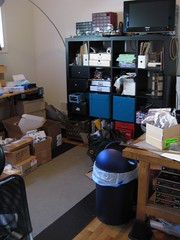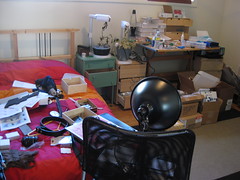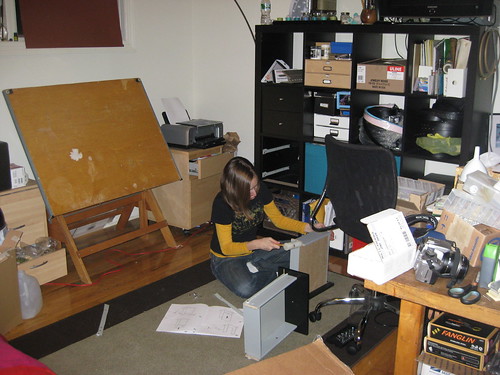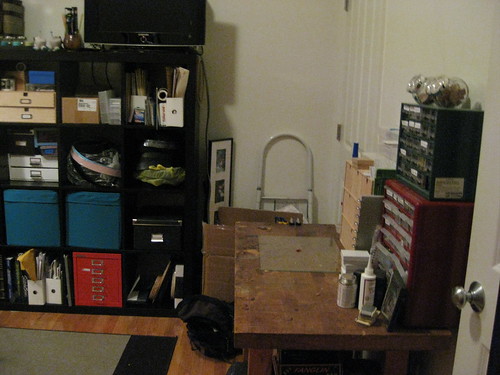In New York, moving frequently seems to be the norm. The longest most people stay in once place is a few years, and many of my friends move every year. And yet for some reason, a lot of people are kind of… bad at moving. Our recent move from the New York area to Philadelphia went really smoothly, and I’ll share our secrets.
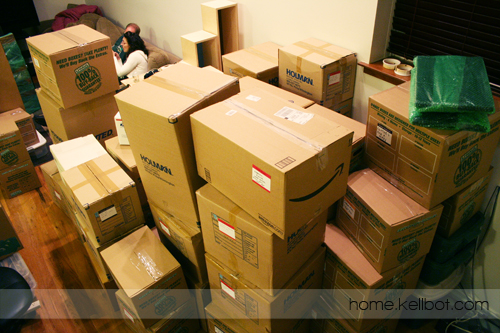
A good move is low stress and over in time for an early dinner. A bad move involves lots of last minute freak-outs and unloading the moving van in the dark. Whether you’re hiring someone to do the heavy lifting or rounding up 6 of your closest friends, you want to be a good mover. Being a good mover isn’t hard, but it does take a little planning.
Sort before packing begins
There are really three phases to moving: sorting through all your junk, putting it into boxes, and then moving them to your new home. The only thing you should be doing on moving day is the last one! Sorting includes taking care of things you’ve been putting off, like filing things properly or culling your shoe collection. It can go to a thrift store, Craigslist, or the trash/recycle bin, but you should get rid of anything you don’t want to bring with you well before packing begins. Trying to do both at once is just an exercise it exhaustion. You can start sorting the moment you suspect you might be moving – the worst case scenario is you end up staying where you are in your newly junk-free space.
Give yourself an appropriate amount of time to pack
Waiting too late to pack is obviously a bad idea, but there’s also something to be said for not starting too early. As tempting as it is to start packing your books right away, living out of boxes for weeks makes your move feel longer. By sorting through stuff before packing begins, it’s easy to quickly put things into boxes when it’s time.
How much time you need depends largely on how much stuff you have, but for our two bedroom apartment I gave myself one week. My husband, who isn’t nearly the pack rat I am, did all of his packing in two days. We had the luxury of being able to set aside entire days right before the move, so if you’re cramming moving around a full work schedule you’ll likely need longer.
Pack your belongings in honest-to-god boxes
This is the chief offense I’ve seen in bad moves. You need boxes. Boxes that close and can be stacked. Stuffing your belongings into tote bags or carrying them out by the armful is a great way to make your move take three times as long as it needs to.
There are lots of place to get boxes: you can buy them from a moving company or find them used. You can often find free moving boxes on Craigslist or Freecycle, or ask a local business to save boxes for you. You can scrounge them off the street on recycling day, but since a lot of stores destroy the boxes to break them down you’ll get better quality boxes if they’re actually saving them for you.
Furniture should be empty
Not only does your chest of drawers weigh a ton with all that stuff in it, but the most likely outcome if you try and move it full is that the drawers will fall out and all of your belongings will tumble into the street. Remember: stuff goes in boxes. Furniture is not a box. Therefore, stuff does not go in furniture. This includes those plastic drawer units, which are not boxes, and therefore should be empty.
On the subject of furniture: furniture pads are awesome! We rented three dozen for a total of $15, and they came in incredibly handy. Not only are they good for wrapping up your furniture, but they can be shoved into gaps between odd shaped items to keep your stuff from sliding around.
Use small boxes for books, and pretty much everything else
The biggest box you should fill with books and other heavy items is a 1 foot cube. Beyond that, you’re going to end up destroying your back, the box, or both. Have mercy on your moving help, and use small boxes for books.
In fact, we used very few boxes that were larger than 18 x 18 x 12 inches (uhaul’s “medium”), and even then we had a number of boxes that were just too heavy. Your mileage will vary depending on the kind of stuff you own, but since very little of what we have is larger than 12 inches in any dimension, I wish I’d used fewer “medium” sized boxes and more smalls.
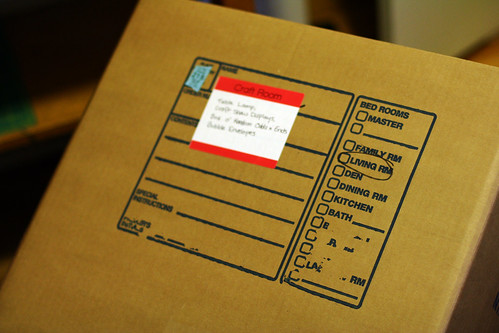
Label your boxes
Write which room the box came from on the side, or use sticky labels if you’re feeling organized. That way you know where to deposit each box in your new place, and can easily find anything you suddenly realized you desperately need. The somewhat OCD color coded labels I used were really helpful, it made it easy for me to see at a glance which room each box was going to. The downside is that now our entire family is keenly aware of the insane amount of craft supplies I own – it seemed like about 1/3 of the boxes were labeled “craft room.”
Have enough help
You need a minimum of two strong people. Three sturdy folks can load a properly packed two bedroom apartment into a truck in a little over two hours, so if you’ve got more stuff, aren’t so sturdy, live in a 5th floor walk-up, or didn’t pack well you’re going to need more people. If you’re out of strong friends, check Craigslist for hiring help. In our area, $120 gets you two guys with giant arms for two hours.
Be upbeat, even if you’re stressed
I snapped at RevolvingDork when we were loading the van, over something dumb, and immediately regretted it. Even when things go smoothly it’s stressful to move, don’t add to the problem by being a pill. Try to remember that your stuff is just that – stuff. Obviously you want your belongings to get from point A to point B without damage, but yelling at people isn’t actually the best way to achieve that: careful packing is.
Feed your friends
In addition to some sort of thank you meal afterwards, it helps to have a few drinks/snacks on hand for your friends who are helping. In the morning this can be coffee and donuts, or in the afternoon a cooler of sodas and some snacks, but make sure your friends stay well fed – particularly if you’d ever like their help in moving again.
My husband and I have a lot of stuff, and we managed to load up the truck in an hour and 45 minutes. We had 3 people loading the whole time, and 3 more who joined us about 45 minutes in. When we unloaded in Philly, we had a total of 12 people and got the truck empty in under 45 minutes. The longest part of the Philly leg of the trip was waiting for our cheesesteaks to be ready.
If there’s overlap such that you can get into both your old place and your new place, consider carefully whether it’s worth it to do the “trickle move.” Sure, you can move all that stuff one car load at a time over two weeks, but do you really want to? For this move we did take some stuff down in advance – since moving my Vespa is sort of an event we rented a van to move it and filled the remaining space with stuff we knew we weren’t using any time soon.
Moving doesn’t have to be a painful experience. It always sort of sucks, but you can mitigate the suck by staying organized.

